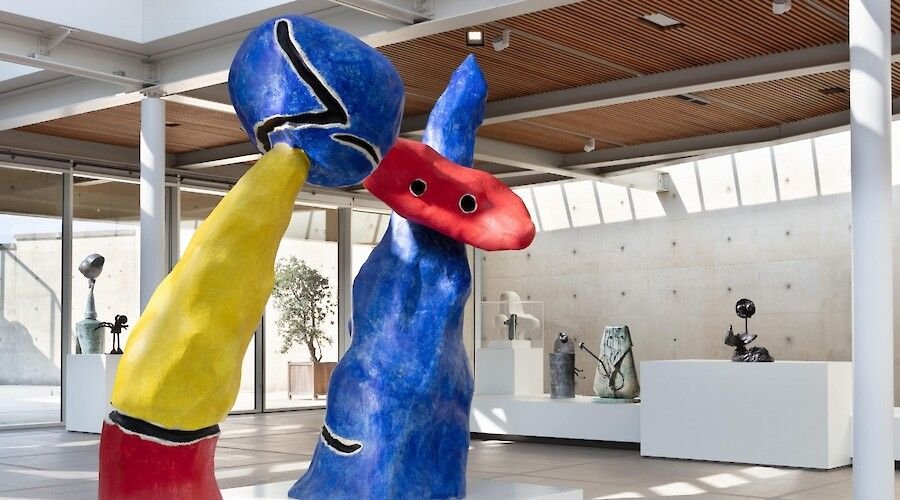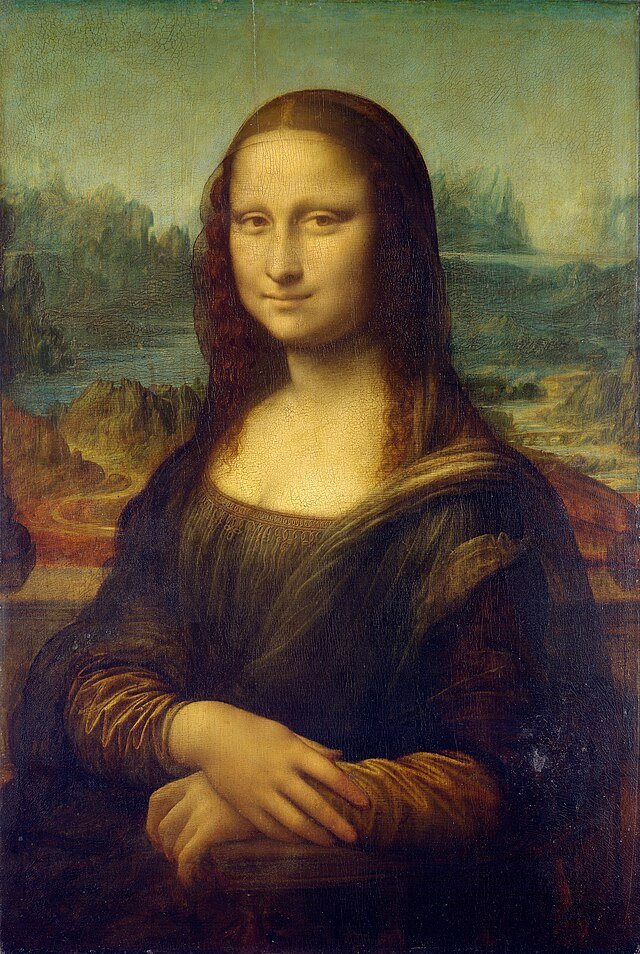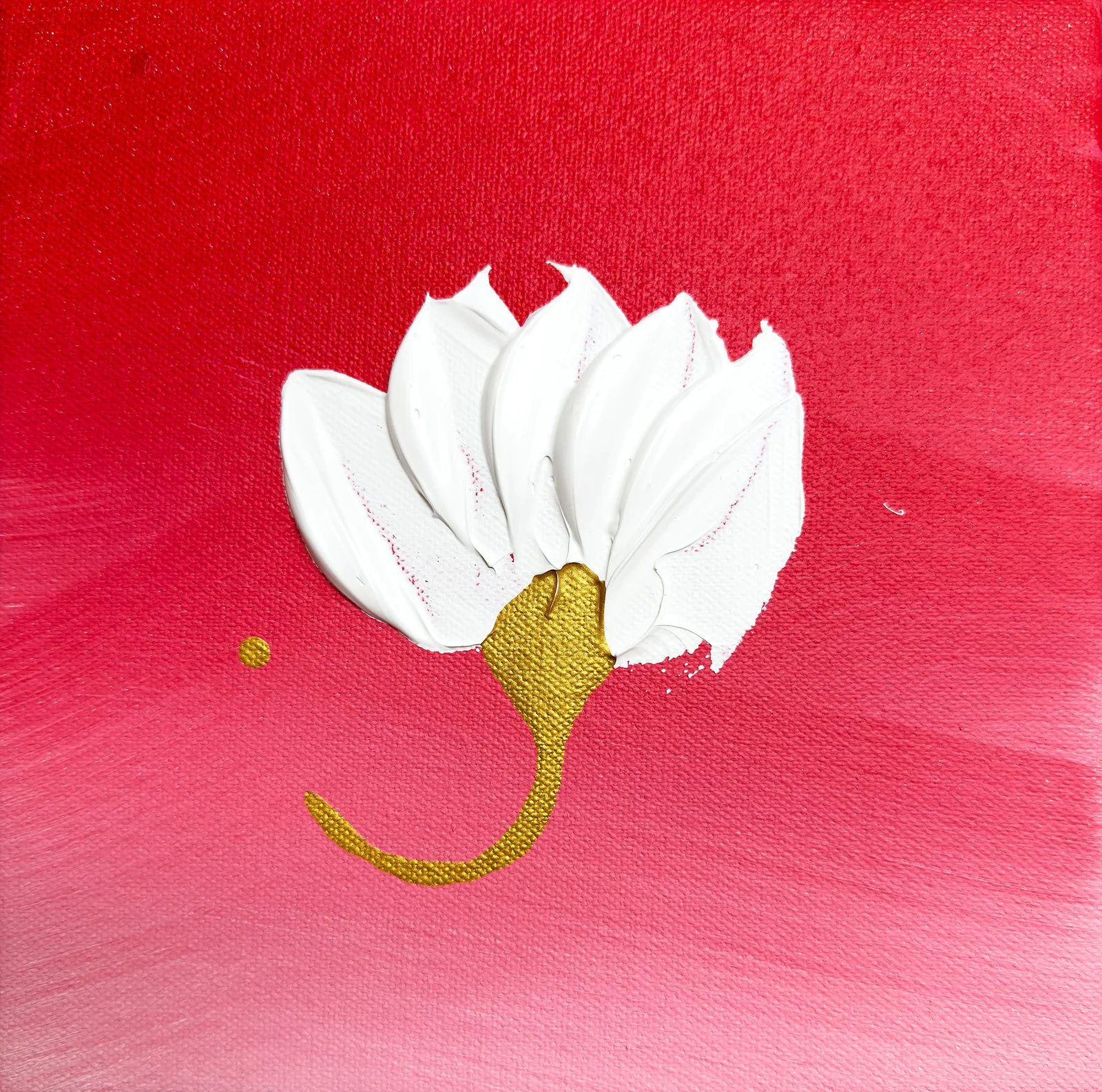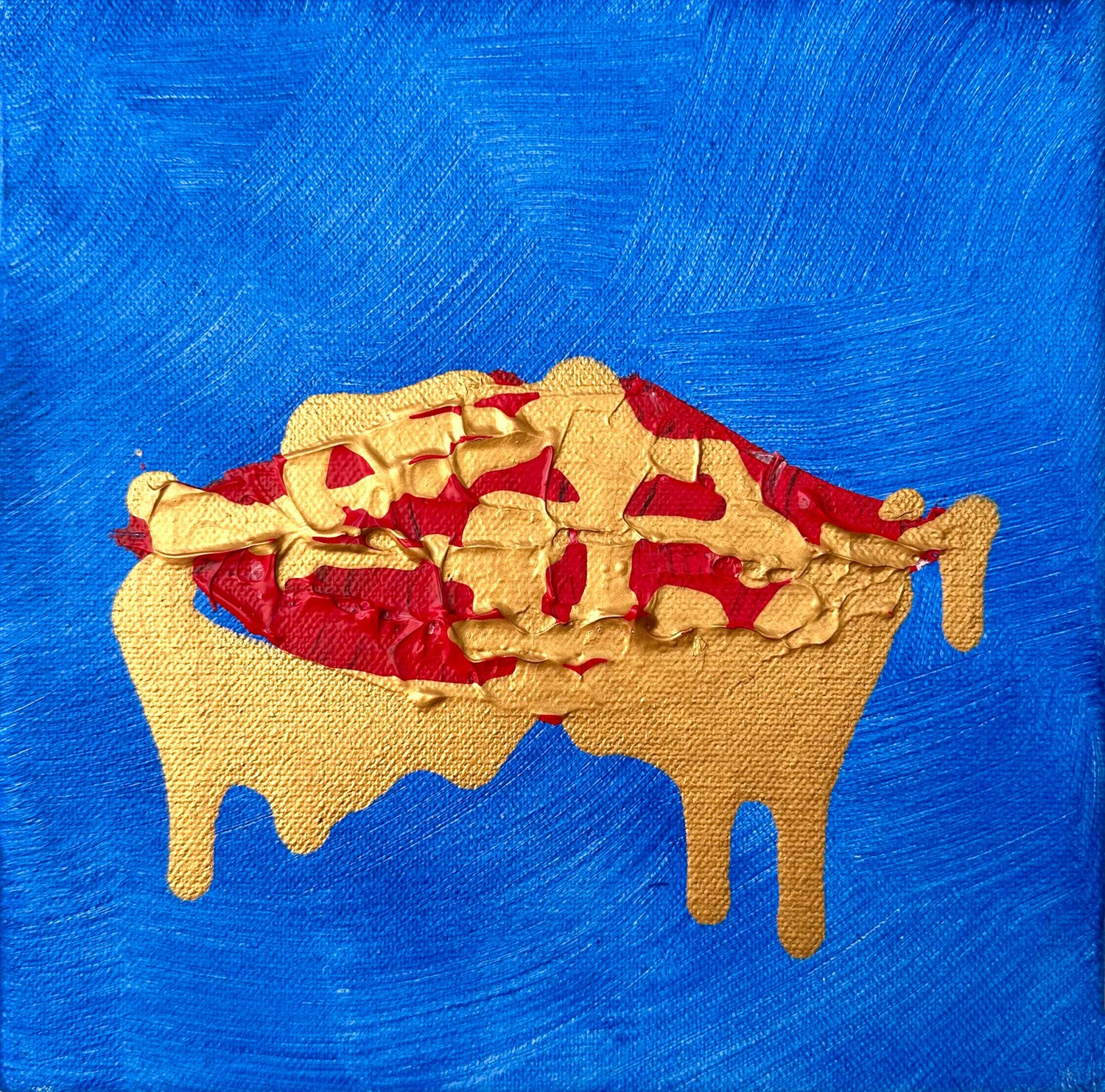Now, this is a millionaire dollar question isn’t it? I mean many times a lot of artists I have met and also consumers of art, or bystanders, have their opinion what is art and what is not art. The answers are actually extremely subjective to each individual perceptions of the given individual. Every person will view this very differently.
What Others Consider Art
Some people will have a look at a painting, let’s use the example of the painting above, and they will say, hey that’s too simple, that’s not art. If they their view of is that painting should be traditionally realistic like it was centuries ago, when art was considered something that depicts reality and has religious symbolism, then yes, it’s not art.
If it’s viewed by abstract artist who makes impressions without depicting any recognisable form, and considered only that a form art, then again, according to that person, it’s not art. If an arts teacher trained in teaching students traditional figurative drawing has a look at it, he or she might recognise a lip shape structure in the painting, however, they might say it breaks all rules of composition, like why would red lips be on a blue background? They are are supposed to be on a face haha. Again, she might not consider it art, if her idea of art is what she teaches to her students.

Let’s have a look at what some publications have written on art and how they define it:
- Art is often defined as the conscious use of skill and creative imagination, especially in the production of aesthetic objects such as paintings, sculptures, and other visual media. Encyclopedia Britannica+2Merriam-Webster Dictionary+2Wikipedia+2
- Art can be seen as an act of expressing feelings, thoughts, and observations, serving as a medium through which individuals convey their experiences and perceptions. Wikipedia
- Philosopher Arthur Danto introduced the concept of the “artworld,” suggesting that art is defined by the context and recognition it receives within cultural institutions and the art community. Wikipedia
- Some theories propose that art is characterized by its historical context and the intentions behind its creation, emphasizing the importance of understanding art within its specific cultural and temporal framework. Internet Encyclopedia of Philosophy
- Art is sometimes defined by its function, such as its ability to provide aesthetic pleasure, provoke thought, or communicate ideas, highlighting the diverse purposes that art can serve. Wikipedia
- Another approach suggests that art cannot be confined to a single definition but is instead characterized by a cluster of related properties, acknowledging the complexity and diversity of artistic expressions.
I mean this is pretty difficult to understand from these definitions what is considered art right? I mean it tells us something, but I’m not truly connecting with neither of those definitions, it tells a part, but I need a one universal answer what art really is.
Is the most famous painting in the world considered art?
Technically speaking, everything that gets created with a purpose is art to the creator, because they made it intentionally using creative outlets. However, whether it becomes art further down the road, that it’s considered art by other people, that’s another thing. Of course, you can have many people who feel the same like you, so they will consider it art, while some other people won’t. I guess the more people consider a painting or a sculpture a piece of art, the more art that piece becomes.

I mean many people will look at the Mona Lisa, and will not consider it art. But it’s gained so much recognition from many other people, institutions, historians and media, it has more art credibility, if that makes sense. But this is justifiable because the Mona Lisa was one of the best executed portraits of its time capturing a mysterious woman and when sfumato, realism and humanism was the art movement of the Renaissance. It has also gained significant fame as it was stolen by an Italian thief, before being returned to the Louvre. It has been studied by many historians.
Leonardo da Vinci himself was a prolific and multidisciplinary creator which also makes the artwork more significant as we learn to understand his learnings and how far he went to understand the human figure and perspective. If we look at it from a contemporary point of view and today, I mean we cannot judge it with our own times, but if we look at through the lenses of the Renaissance, we can start seeing the beauty, the mystery, the mastery and ultimately the message it communicates to us about human potential as it was made by a self-taught renaissance man, skilled in many trades.
Is there a universal way to determine what is art and what isn’t?

On the subjective level? It’s anything that you or any other person will consider art based on their ideas.
For me, I will consider art any painting, sculpture, song or movie that makes me feel something, is visually engaging and provides me with new knowledge i.e. is meaningful. Read my older article What is Art and What it Means to Me, where I go into more detail regarding my perspective.
Now objectively speaking, a work is art if it was made with intention by an artist. It becomes more widely recognized as art when that personal intention is met with validation from others—be it individuals, institutions, critics, or eventually historians.
So there you have it, we have our own ideas of what art is and then it’s about the others to validate it as such. The more people validate it further down the line, the more art it becomes.
Still, in the end, art is rebellious. Maybe it doesn’t need a strict definition, nor do we need to categorize whether something is or isn’t art. Perhaps it’s better to simply enjoy it—not for what it is or isn’t, but for the connection and relationship we create with it.
Of course, here’s the paradox: before most people can fully engage with something as art, they usually need to know it’s art. Once it’s placed within an ‘art environment’ like a museum, people are more likely to let go of definitions and just experience the work.
For the trained eye, art can naturally be found everywhere and in everything. Still, dedicated spaces—like galleries or theatres—give us permission to slow down and truly engage. A frame or a gallery wall doesn’t define the art, but it invites us to focus on it—and to see it with respect.

